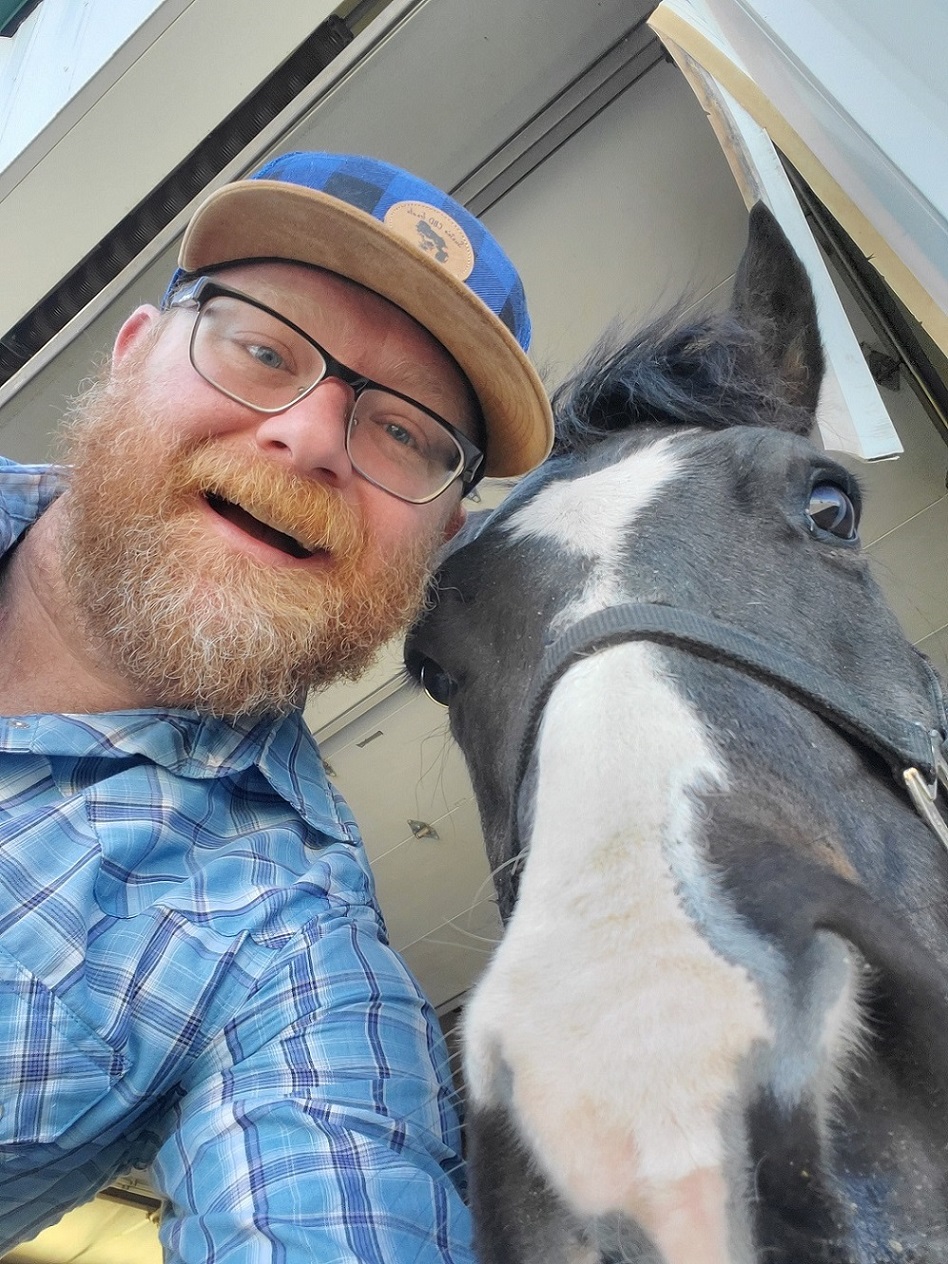If you're anything like us here in The Garage, you'd rather spend your money on more resin, or some more model kits than on a tool you don't need. We'll let you in on a little secret: Here in The Garage, we have shipped out thousands of dollars in 3D Printed model car and truck parts and used gallons upon gallons of resin - and in all that time, we've never had even one Wash and Cure Machine in our shop.
Most Wash and Cure Stations cost $150 or more. While these units are purpose-built, and many people swear by theirs, we've found a system that works perfectly for about a third of the price of a Wash and Cure Machine.
Our (almost) free washing setup
Two liquids run our shop - resin and coffee! If you're a coffee drinker like us, you may have coffee cans laying around. The newer coffee cans are made of a type of plastic which stands up well to resin and denatured alcohol. They also feature tightly-sealing lids, handles and (if you buy the big cans) plenty of space for washing prints. So next time you're shopping for some java, buy the big plastic tub and save it for washing prints.
The one container I've purchased specifically for washing prints is the Lock & Lock Pickle Container. It also features a sealing lid and durable plastic construction. But the best part about it is its removable inner basket with handle. I use this container for my final wash step, as I can then remove the basket with the parts inside, and hang it above the bucket to dry.
Check out the Lock & Lock Pickle Container here:
Automated curing for less than half the cost!
One nice thing about Wash and Cure Stations is the timer on the curing cycle. You can set the timer and not have to worry about forgetting to turn the light off and over-curing your prints. However, many of the Curing Stations we've looked at don't offer full control over time, but rather give you a few timer options. With a little ingenuity and about $50-70 worth of equipment and materials, you can create your own UV curing chamber completely to your specifications and have a totally customizable timer. This can be very helpful if you print in different resins that each have their own ideal post-cure time.
For the chamber itself, any enclosed area will do. I used a free cabinet I found on Craigslist, but you could use anything - an old mini fridge, a toolbox, even a cardboard box!
On the inside of the enclosure, you'll use contact adhesive spray to line the walls with aluminum foil or reflective mylar.
Next, you'll use UV LED strip lighting to add your UV light source. Since I cure my parts in water, I chose a waterproof LED Strip. Since my enclosure is pretty large, I bought a 16.4 foot long spool of LED strip, but if you're building a smaller enclosure, you can get smaller spools. For faster curing and/or larger chambers, go with the 60W lights. If your enclosure is smaller or you don't mind a longer cure time, the 24W lights will work just fine and save some additional money.
The LED strip has an adhesive backing on it, so it's easy to attach to the walls, floor and ceiling of your enclosure. The waterproof strips aren't super flexible. To go around corners, it can be helpful to cut the strip and connect the sections using no-solder connectors. BE SURE TO CUT ONLY ALONG THE LINES WITH THE SCISSOR ICON! If using waterproof LED strips, you'll have to cut away the clear rubber coating at each end to expose the copper dots which act as electrical contacts for the connectors.
Finally, once everything is installed, you simply plug the power source for the LED strip into your Amazon Alexa Smart Plug. (Keep your eyes peeled for an Amazon ad on your social media! I got an ad on Facebook with a coupon to buy an Alexa Smart Plug for $1!) Once you've done that, you can configure one or more routines in the Alexa app to turn on your UV Curing light for a specified amount of time using only your voice or a single tap in the app! For instructions on setting up the Alexa automation, check out the video at the top of the page.


